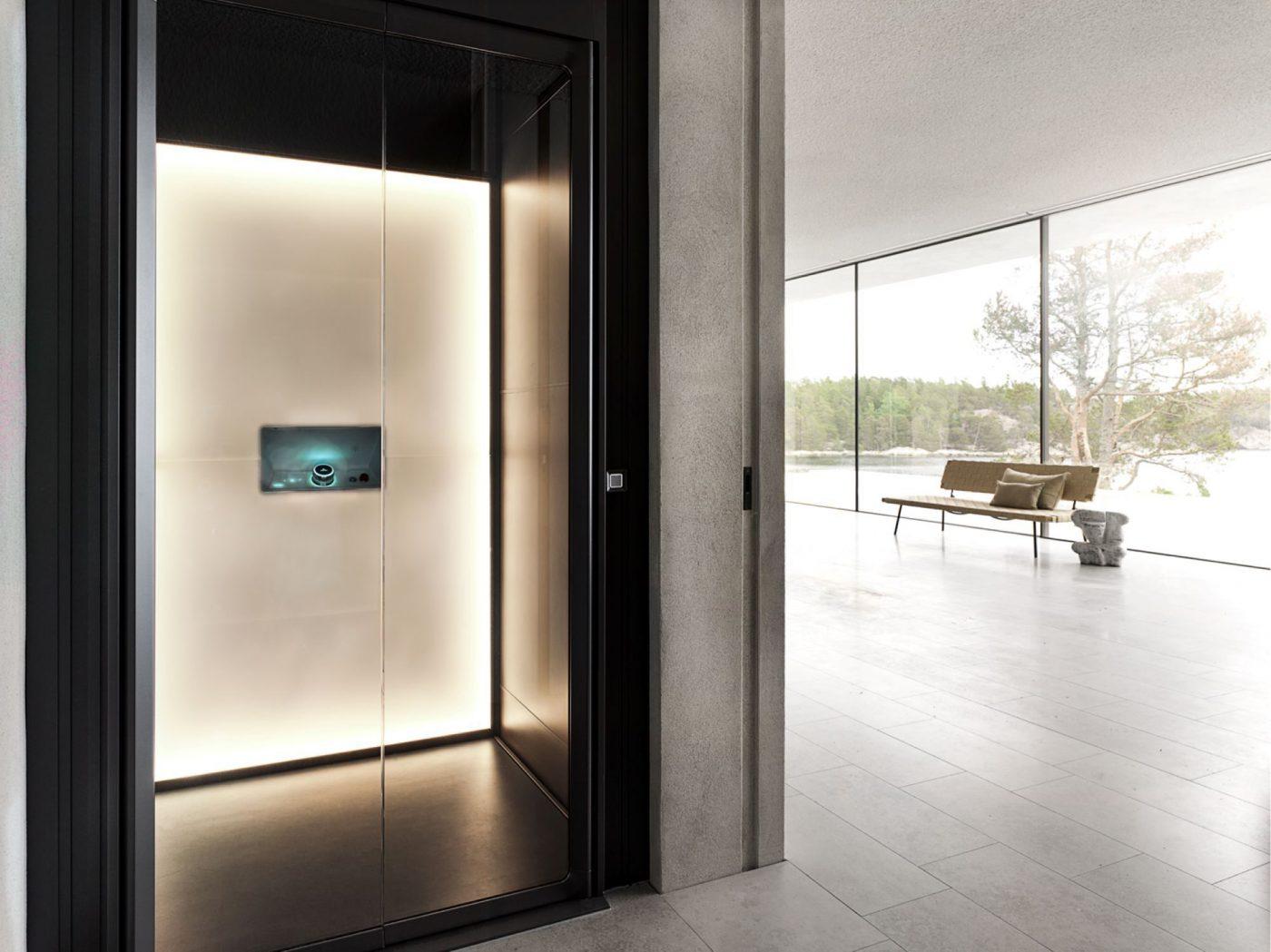Discover the most effective Disabled Platform Lifts Prices UK for Residential and Commercial Use
Discover the most effective Disabled Platform Lifts Prices UK for Residential and Commercial Use
Blog Article
Digging Into the World of Lifts: Usual Concerns Faced by Various Lift Devices
As we navigate with the vertical transport systems of modern-day buildings, elevators stand out as an important element of our day-to-day lives. From hydraulic elevators to traction systems and machine-room-less styles, each lift kind comes with its collection of usual problems.
Hydraulic Elevators
Hydraulic lifts, usually liked for low-rise structures, use fluid stress to control the motion of the lift cars and truck (lift repair companies). This device includes a hydraulic pump pushing oil into a cyndrical tube, creating the elevator to move in the desired direction. While hydraulic elevators are known for their smooth and quiet procedure, they do feature their own set of common issues
One common trouble with hydraulic elevators is oil leak. In addition, concerns with the control system, such as damaged shutoffs or a malfunctioning pump, can trigger disruptions in the lift's motion.
Normal upkeep and punctual fixings are vital to make sure the smooth functioning of hydraulic elevators. By addressing these common concerns proactively, building proprietors can decrease downtime and guarantee the safety and security and performance of their upright transportation system.
Traction Lifts
When thinking about vertical transportation systems in structures, an additional common kind besides hydraulic lifts is the traction elevator. Grip lifts operate making use of a system of ropes and counterweights that relocate the elevator cars and truck by clutching onto the hoist ropes. This system permits smoother and faster upright transport compared to hydraulic systems.
Among the typical issues dealt with by traction elevators is rope wear. The continuous movement of the ropes within the traction system can lead to tear and put on in time, possibly creating the lift to malfunction or come to be dangerous for usage. Regular inspections and maintenance of the ropes are vital to make sure the lift's correct performance and safety.
One more issue that traction elevators may encounter is associated with the control system. Problems with the control system can result in problems such as irregular activity, hold-ups in action times, or even full closures. Normal testing and upkeep of the control system are crucial to stop such issues and guarantee the elevator's reliability.
Machine-Room-Less (MRL) Elevators

One of the essential parts of MRL elevators is the portable gearless traction maker that is mounted within the hoistway. This equipment effectively drives the lift automobile without the need for cumbersome equipment discovered in typical traction lifts. Furthermore, MRL lifts generally make use of a counterweight system to balance the auto, further boosting their power efficiency.
Regardless of their advantages, MRL elevators may face difficulties connected to maintenance and repair work because of the constrained space for equipment setup. Ease of access for servicing elements within the shaft can be restricted, calling for specialized training for technicians. Appropriate maintenance schedules and regular evaluations are critical to ensure the continued smooth procedure of MRL lifts.
Overloading and Weight Limitation Issues
Are elevators furnished to take care of excess weight loads efficiently and securely? Straining and weight restriction concerns are important problems in elevator operations. Elevator producers design lifts with specific weight abilities to make sure guest safety and devices durability. Exceeding these weight restrictions can result in numerous troubles, including mechanical failings, delays, and safety risks.
When elevators are overloaded, it places too much stress on the motor, cable televisions, and other components, potentially causing break downs or breakdowns. Security systems such as sensors and overload sensors are in Continued place to prevent lifts from relocating if they discover excess weight. Additionally, going beyond weight limitations can lead to increased power intake and wear and tear on the lift system.
To mitigate overloading concerns, building managers need to prominently present weight restrictions in elevators and inform owners on the value of adhering to these restrictions - lift repair companies. Routine upkeep checks by qualified service technicians can also assist make certain that elevators are operating within secure weight parameters. By attending to overloading and weight limitation problems proactively, building proprietors can enhance elevator security and performance
Electrical System Failings
Going beyond weight restrictions in lifts can not just lead to mechanical concerns however likewise potentially contribute to electrical system failings within the lift framework. Electric system failings are an essential problem in lift operation, as they can cause unexpected closures, breakdowns, or even safety hazards.
Normal maintenance and inspections are critical to determine and address prospective electric issues immediately, guaranteeing the safe and efficient operation of elevator systems. By sticking to weight limits and carrying out routine electric system checks, building proprietors can minimize the risk of electric failures in elevators.
Verdict

Hydraulic lifts, typically preferred for low-rise structures, utilize fluid stress to control the activity of the elevator auto.When thinking about upright transport systems in structures, another usual type apart from hydraulic lifts check this is the traction elevator. Grip lifts run making use of a system of ropes and counterweights that move the lift auto by gripping onto the hoist ropes. Unlike standard elevators that call for a separate equipment room to house the tools, MRL lifts integrate many of the elements within the shaft, eliminating the requirement for a committed device area.In final thought, elevators face common concerns such as hydraulic breakdowns, traction system failures, and electrical system troubles.
Report this page